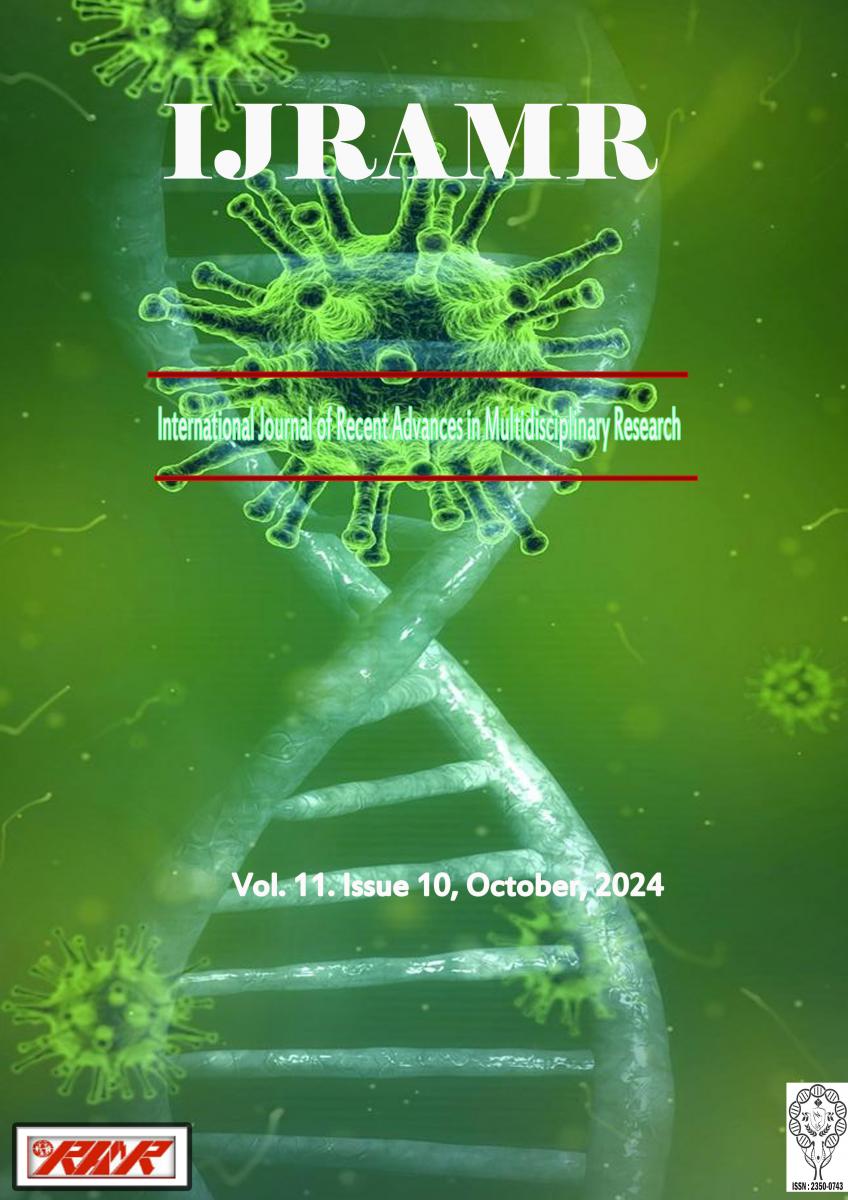Isolation of bacteriophage against staphylococcus aureus causing mastitis
Some endemic diseases are associated with the dairy production these are called production diseases. One of them is mastitis. It is the most expensive disease that causes large economic effects. It is the most expensive diseases on dairy farms. Due to chronic nature of these diseases economic damage is spread out and economic damage of certain factors such as milk production decreases cannot seen directly. Mastitis caused by Staphylococcus aureus is a major concern to the dairy industry due to its resistance to antibiotic treatment.






